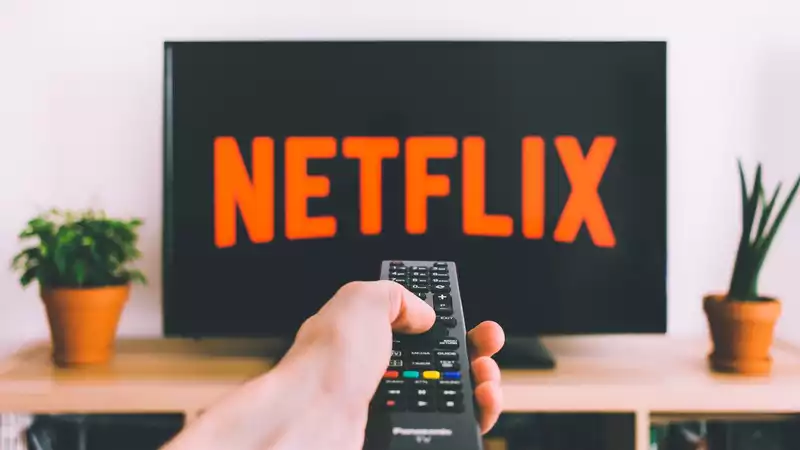Thanks to a cutting-edge algorithm developed in-house by an engineer named David Zheng, the days of noticeable judder on Netflix are coming to an end
According to a new post on the Netflix Tech Blog, Zheng has discovered a way to change the standard way 24fps content is sent from the service to a TV (60Hz or 120Hz screen) without repeating frames too much Extra frames are a problem that creates a judder effect, so by reducing the amount of extra frames, Netflix figured out how to reduce judder on some devices
So how does it work: on streaming devices like the Roku Streaming Stick 4K, most online streaming services display one frame three times, doubling the next frame to convert 24fps to 60Hz or 50Hz screen using a 3:2 pulldown technique that converts the image to a 60Hz or 50Hz screen In the UK, Netflix doubles every frame and adds two frames at the end to match the 50Hz TVs more commonly seen across the pond
In the latter case, Netflix delivers 72 frames per 3 seconds, but splits them so that there are 25 frames in each of the first two seconds and 22 frames per 3 seconds This method still requires frame rate conversion for the third second, but on a TV with a 50 Hz refresh rate, the judder seen with the previous pulldown technique is much less
As long as the content is shot at 24 frames per second and the TV has a 60 Hz refresh rate (a measurement of how many times the screen can be refreshed per second), the conversion between the two is problematic and over the years we have seen many ways to try to solve it
All of these solutions involve motion interpolation, which adds extra frames to match the content and native refresh rate There are several methods of motion interpolation, some more destructive than others
Depending on what TV you have, motion interpolation has different names: LG uses TruMotion, Sony uses Motionflow, Samsung uses Auto Motion Plus, etc If this technology works well, I don't see any problem However, if the motion is not smooth, judder will occur, and if it is too smooth, a soap opera effect will occur
Another problem is what we call "bonk," the black screen that appears between the time you click on the content you want to watch and when playback begins What the bonk actually does is transition from the 60 frames-per-second menu, which matches the TV's native refresh rate, to the non-native 24 frames-per-second content To switch between the two, the data rate of the HDMI device must be changed, resulting in video distortion This will be corrected by an HDMI feature called QMS (Quick Media Switching), but for now it is only available on some newer TVs like the LG C3 OLED
There is some good news: with 120 Hz TVs, motion interpolation is not as much of a concern, as 24 frames per second can easily fit into the 120 Hz refresh rate Still, for older TVs and 50 Hz screens in the UK, Netflix's new solution could radically improve or even completely solve the problem of non-native frame rate playback










Comments